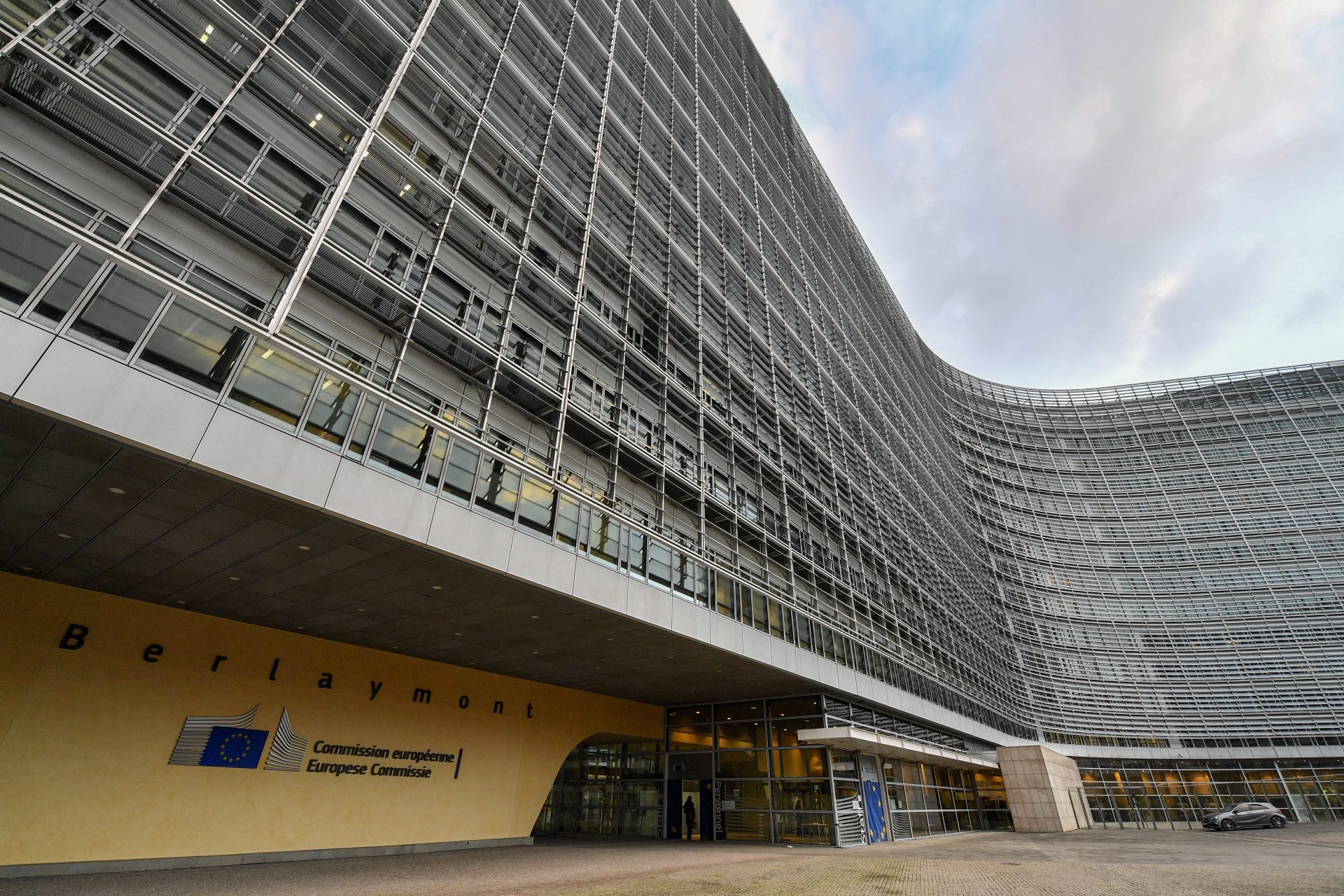
Luxembourg – The European Commission has responded positively to the Czech request to revise the new ETS2 emissions allowance system, presenting a specific legislative change proposal, as shared by Czech Minister of the Environment Petr Hladík on the social platform X. The proposals were unveiled today during a meeting with ministers in Luxembourg by Climate Commissioner Wopke Hoekstra. The primary goal is to stabilize the price of emissions allowances.
“A success for the Czech Republic! The European Commission has acknowledged our request to modify the EU ETS2 system and has introduced a legislative change proposal that precisely matches our needs,” Hladík stated. He noted that the European Commission outlined five mechanisms during the ministerial meeting that would help maintain the emissions allowance price at 45 euros per ton of carbon dioxide (CO2) over the long term. These mechanisms will activate when the allowance price exceeds this threshold. “This will make the allowance price predictable and stable,” Hladík informed reporters in Luxembourg. “It means that it will not adversely affect Czech households, businesses, or entrepreneurs, which has been our longstanding demand,” the minister continued.
Discussions are set to commence between the European Commission, EU Council member states, and the European Parliament. In this context, Hladík urged the European Commission to expedite discussions to ensure approval by the European Parliament within this year.
The new ETS2 system aims to broaden the trading of allowances to encompass road transport and building heating, among others. It is currently planned to take effect in 2027. The Czech Republic is part of a coalition of nearly twenty countries advocating for changes to the system. Concerns were detailed in a letter sent to the EU executive from Minister Hladík on behalf of 19 countries. Today, he received a reply to this letter from Commissioner Hoekstra.
The EU currently implements the ETS allowance system, which applies to power plants and industrial facilities that generate greenhouse gases. Each allowance permits the release of one ton of carbon dioxide into the atmosphere or an equivalent amount of another gas. The revenue generated from these sales is intended for climate protection initiatives by EU member states. (October 21)













Leave a Reply